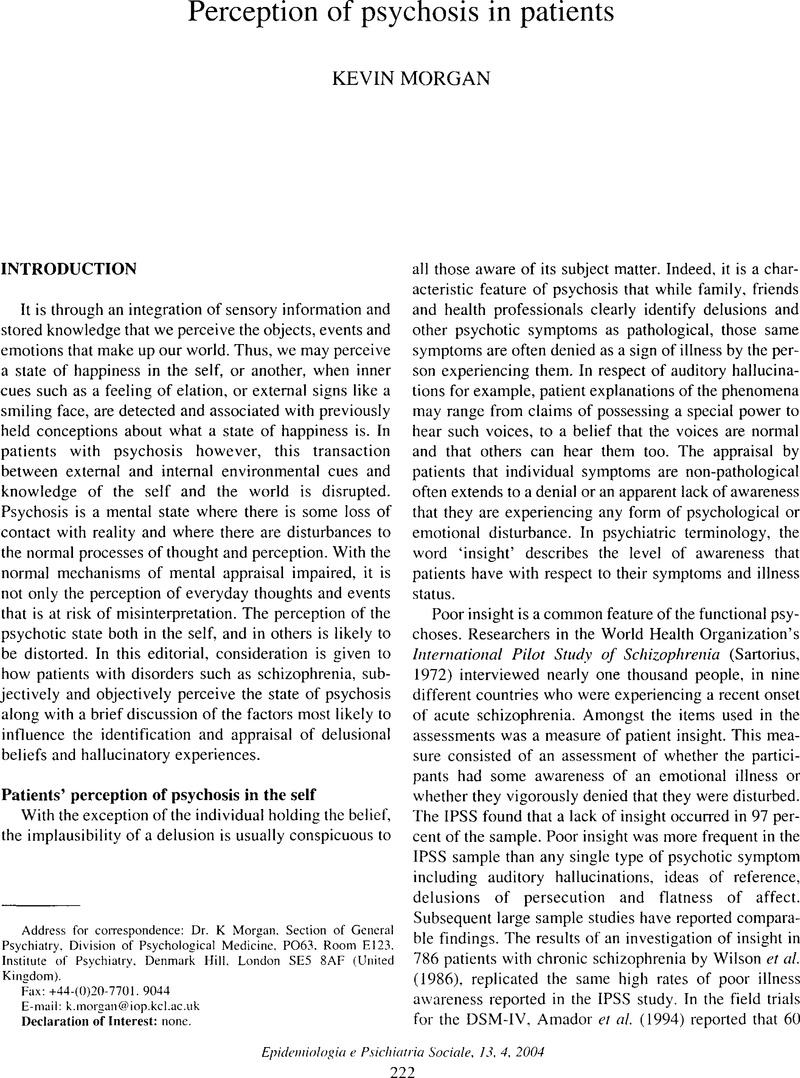Crossref Citations
This article has been cited by the following publications. This list is generated based on data provided by Crossref.
Rimondini, M.
Busch, I. M.
Mazzi, M. A.
Donisi, V.
Poli, A.
Bovolenta, E.
and
Moretti, F.
2019.
Patient empowerment in risk management: a mixed-method study to explore mental health professionals’ perspective.
BMC Health Services Research,
Vol. 19,
Issue. 1,



